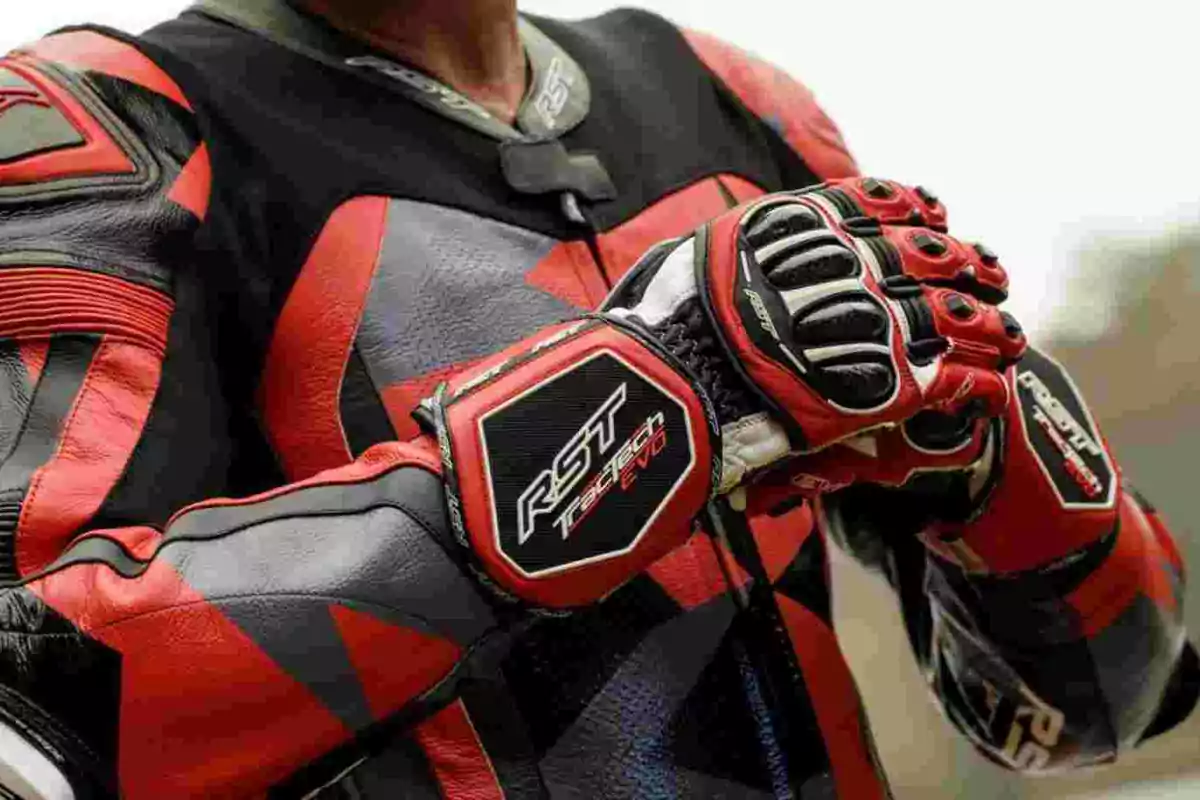
Don't ride a motorcycle naked: follow 5 simple tips to protect your hands in summer
When you ride a motorcycle during the summer, the heat is intense and you may feel like you don't need gloves, right? No. Follow these tips
Summer, motorcycle, heat... It sounds idyllic, but nothing could be further from realitywhen you have to endure extremely high temperatures in urban environments at low speeds, for example.
Solving this is easier than it seems and, above all, necessary if you really want to keep, in this case, your hands...
Because you will want to keep riding your motorcycle every day, eat with a knife, fork, and spoon for gazpacho, pick up your glass of water without any problems, right?
Prices, deals, technical sheets, and images of all motorcycle and scooter models on the market
In that case, if you really care about keeping your good physical health, you should consider finding your ideal pair of motorcycle gloves.
Keep in mind that it doesn't matter if you ride a 125 cc scooter, or maybe you do it with a trail with a respectable engine size.
In each and every case, you need to ride with gloves at the controls of your motorcycle or scooter, always. Never forget this rule.
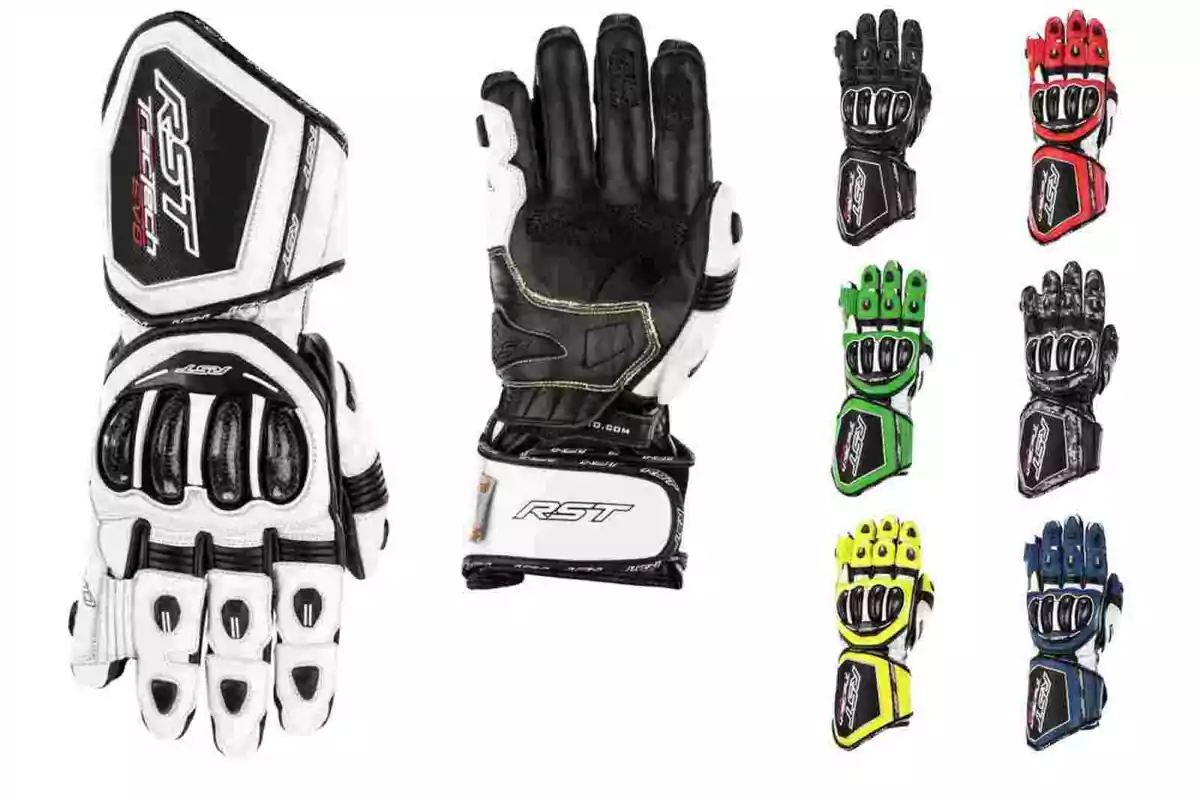
How should my gloves be?
You already know that everything in life, or at least almost everything, works with money as punishment.
This means that, too often, the saying "cheap ends up expensive" comes true, unfortunately.
So it won't hurt to follow a series of guidelines so that, at least, you don't settle for the first pair of gloves you come across.
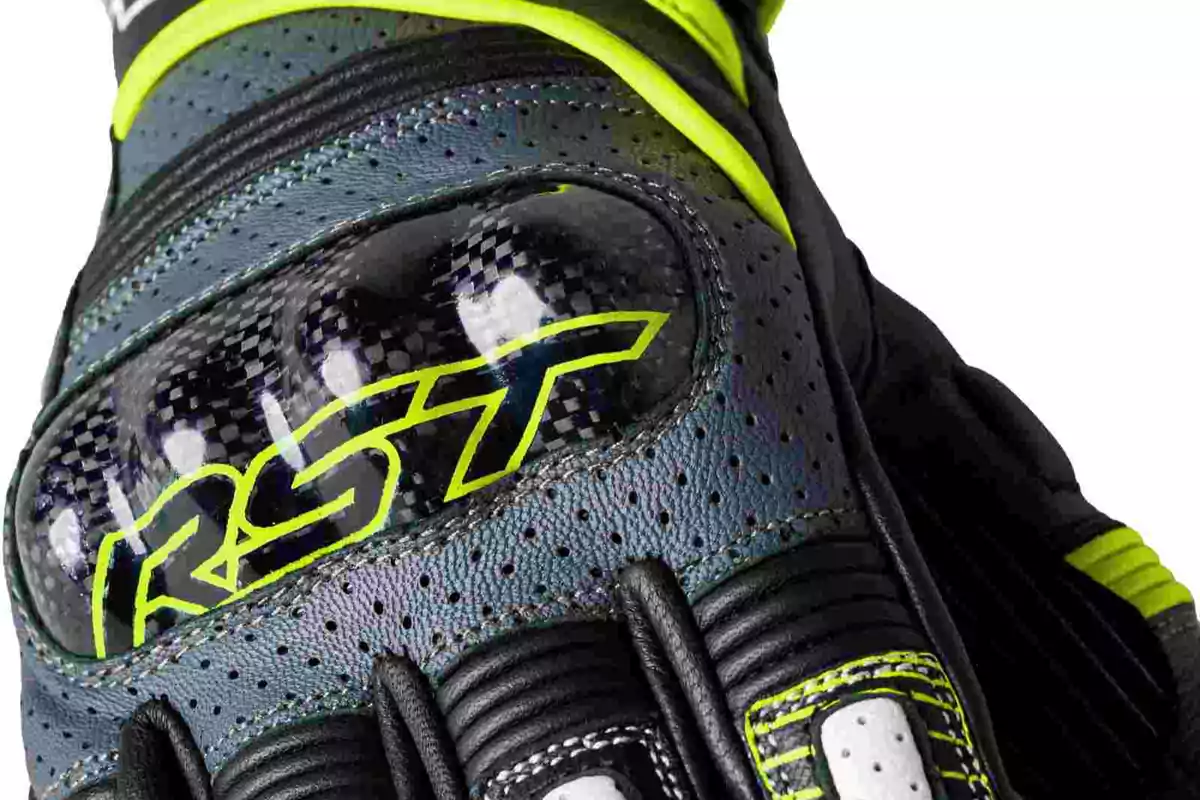
Ask yourself this question: would you ride your 125 cc scooter wearing the gloves Márquez uses in MotoGP? It wouldn't be a bad idea. It's better to have too much than too little protection.
With this in mind, be sure that every investment you make in your gear will pay off in your own safety... and will be useful for any other motorcycle.
That said, let's analyze the 5 aspects that every good pair of gloves should offer so that, ultimately, their purchase is worthwhile.
1. Short or long cuff?
The cuff of a summer glove tends to be short to avoid discomfort: the less surface area, the better it seems to handle the heat. That's true.
But in reality, what you achieve with this is to strip protection from an essential and delicate part of your body: your wrists.
A long cuff extends the care of your hands to this important rotation area of the body: it's better if it has rather rigid protections.
Paddings are for lighter gloves... but at the same time less effective in absolute terms. Here, we're looking for the highest level of safety.
2. Protections or padding?
This leads us to mention this option, but I imagine it's clear to you that a good protection is preferable to simple padding as reinforcement.
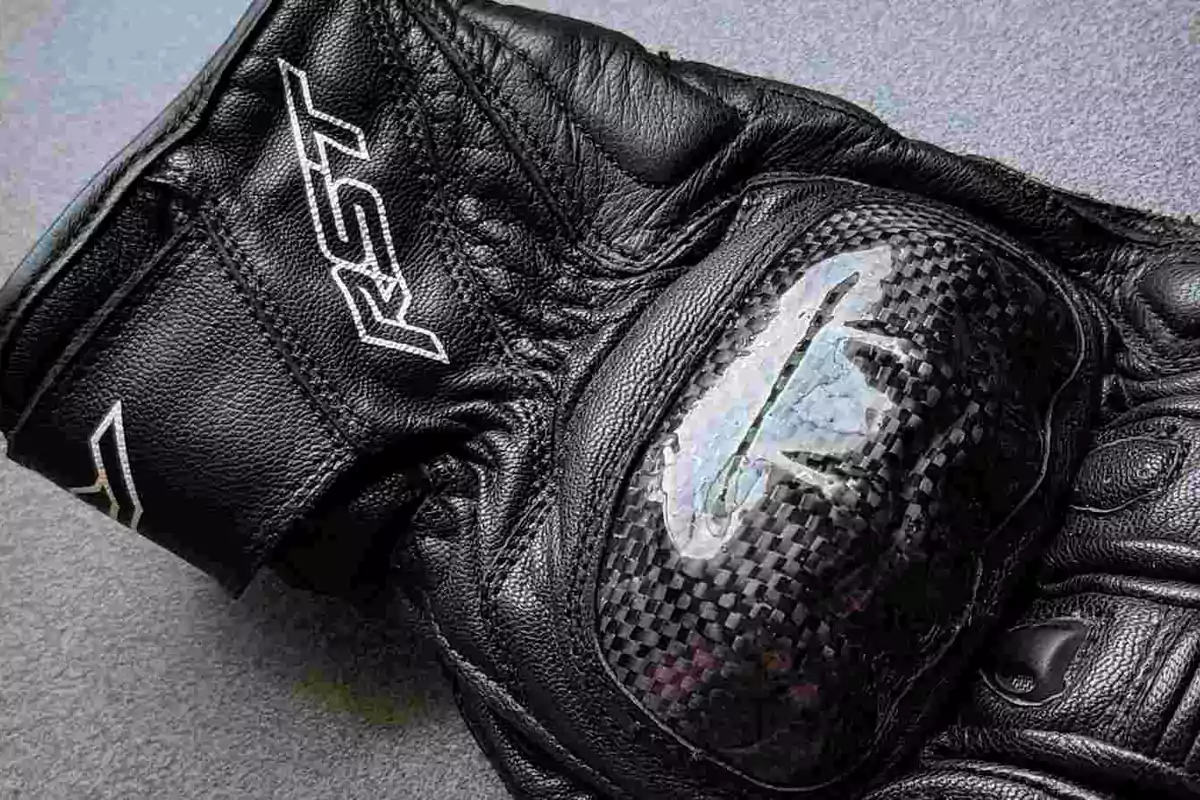
Not only in the wrist area, but also on the back, right on the knuckles, where a "scrape" with the ground will result in the consequent loss of bone mass.
Avoid this with carbon or similar knuckle protections; they will hardly bother you while riding. Only when the glove is new. It adapts to your hand and that's it.
3. What adjustments should they have?
If you look at a good summer sports glove, you'll find adjustments at the wrist complemented by another at the cuff area.
It's the best way to secure their position on our hands. How many times has a motorcyclist lost their gloves in an accident? More than should happen.
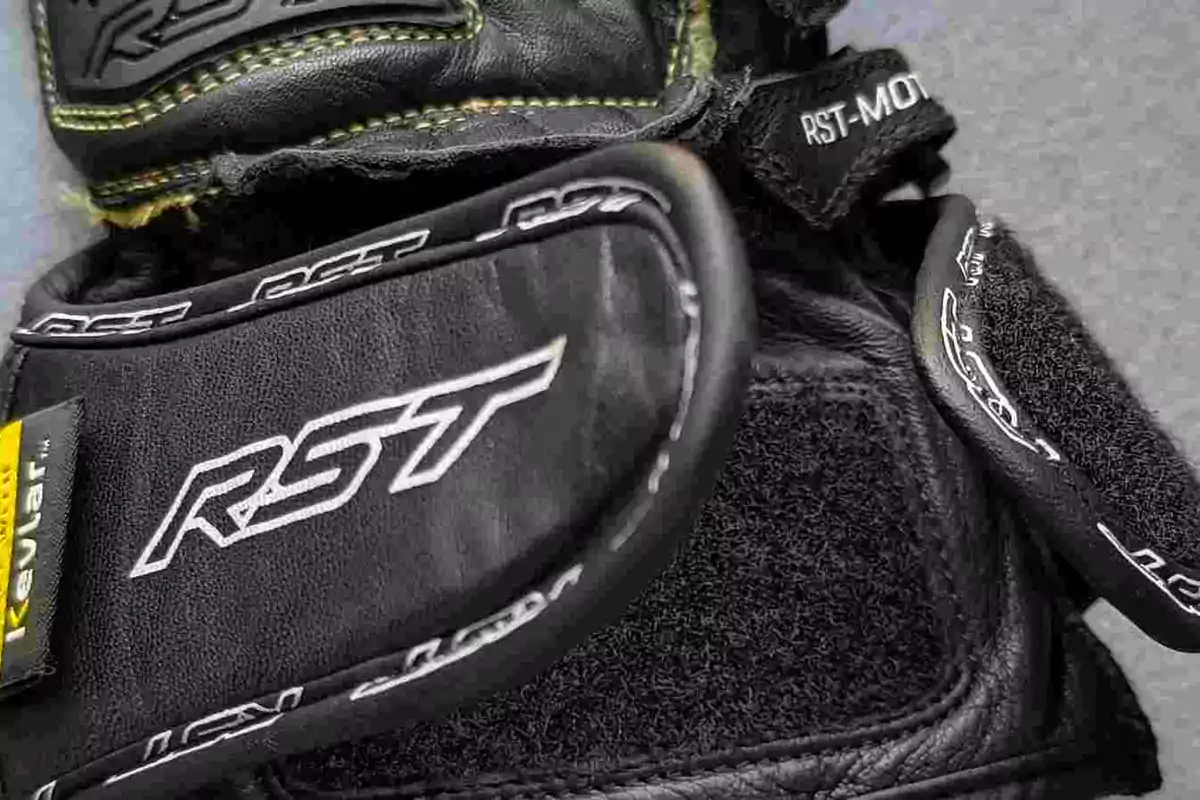
This happens because the energy that must be absorbed in an impact can be enormous.
So, a poorly adjusted glove, or with just an elastic band at the cuff, isn't always one hundred percent safe;quite the opposite.
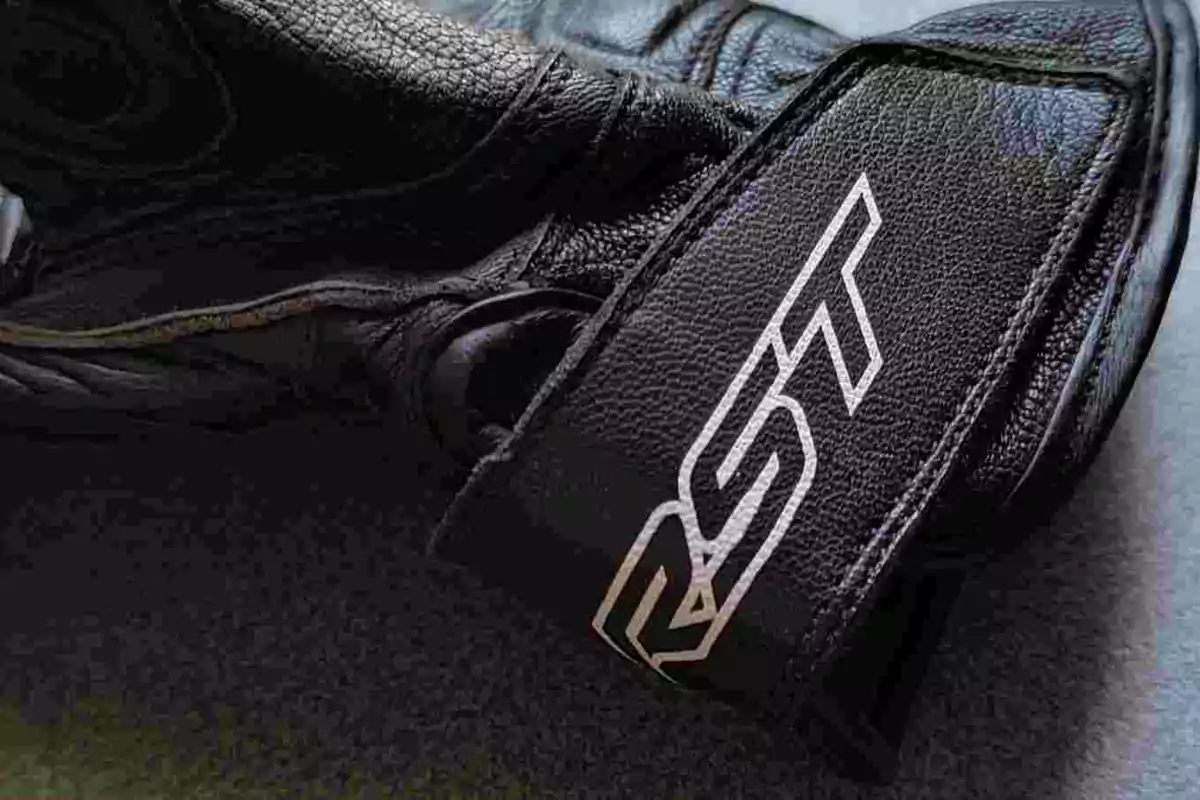
Again, more is always better. Look for quality in the finish of theadjustments, especially in the velcro and their pull tabs.
4. Pay attention to very delicate areas: the palm...
Yes, the palm of the hand is one of the areas that can suffer the most damage in a possible fall.
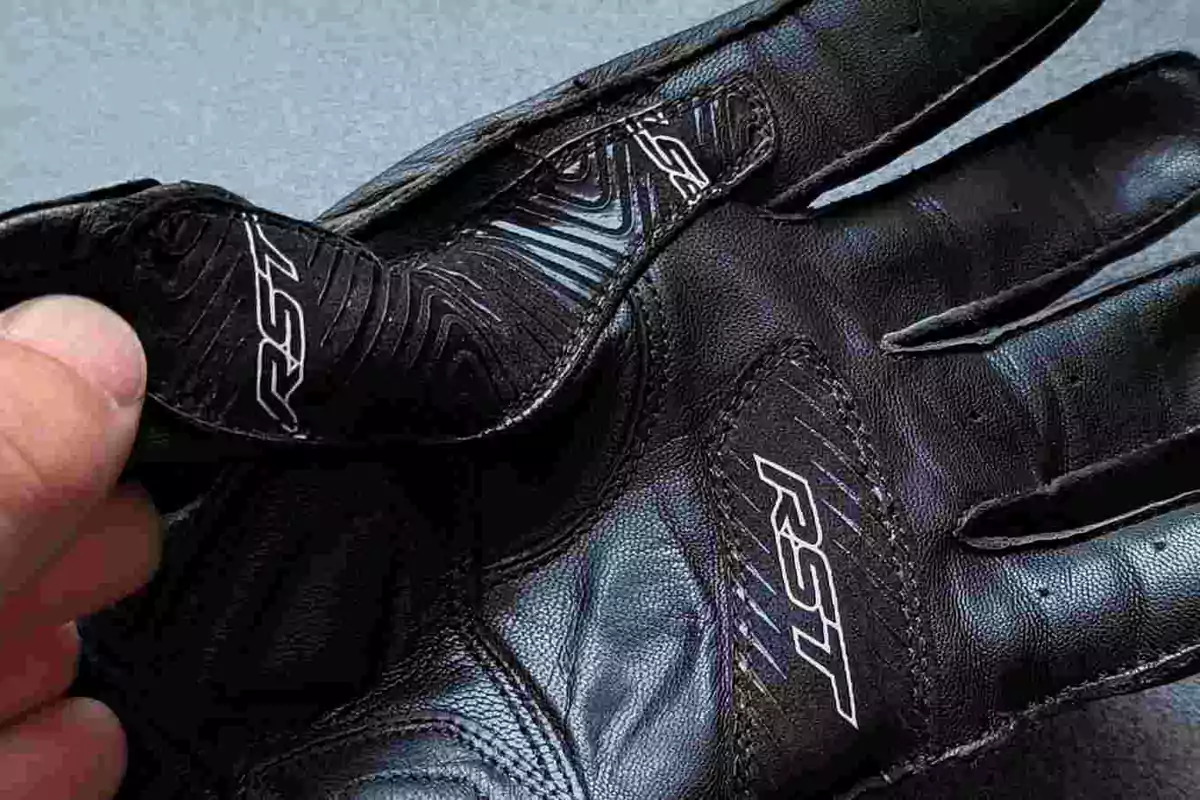
Think that our reflex action when losing verticality is to try to plant the hand on the ground. Instinctive and very high risk if you go without good gloves.
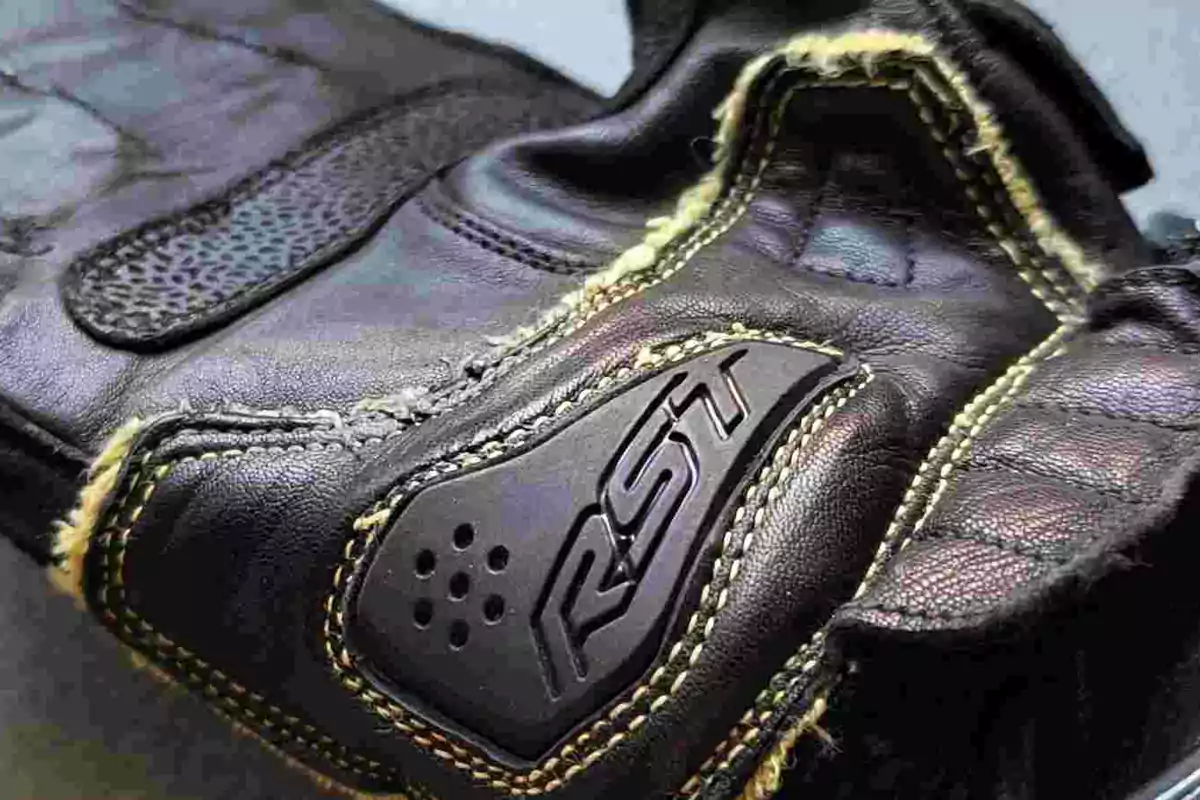
Therefore, when choosing your next summer glove, make sure the palm has reinforcements and padded areas.
If the seams are finished with kevlar thread, resistant to abrasion and tearing, even better. If it lacks all of the above, better look for another option.
5. ... and the fragility of the pinky finger
The pinky finger is there, "not asking for anything," but so small, fragile and exposed that only when we don't take care of it and suffer an accident will we know how much it hurts when it's injured.
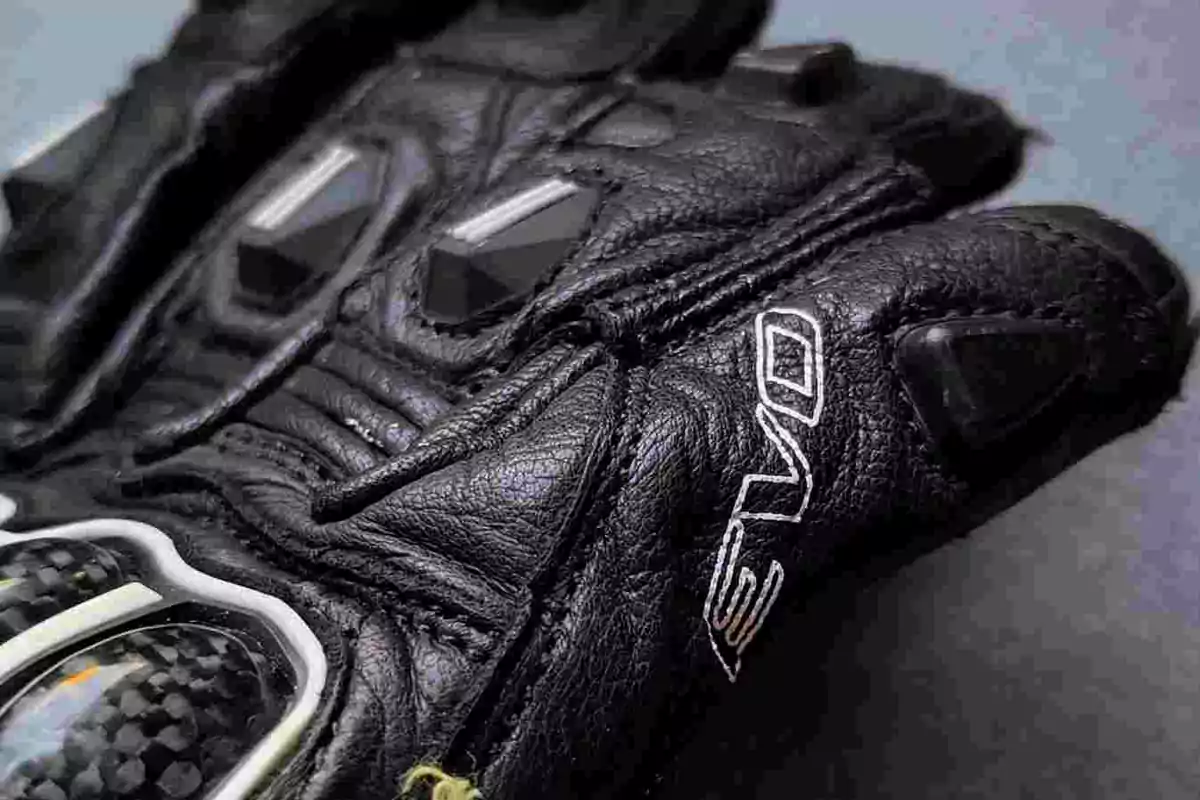
As always, I remind you that the one affected will be you. Look for a glove with a reinforced pinky finger, even with connecting elements to its immediate neighbor.
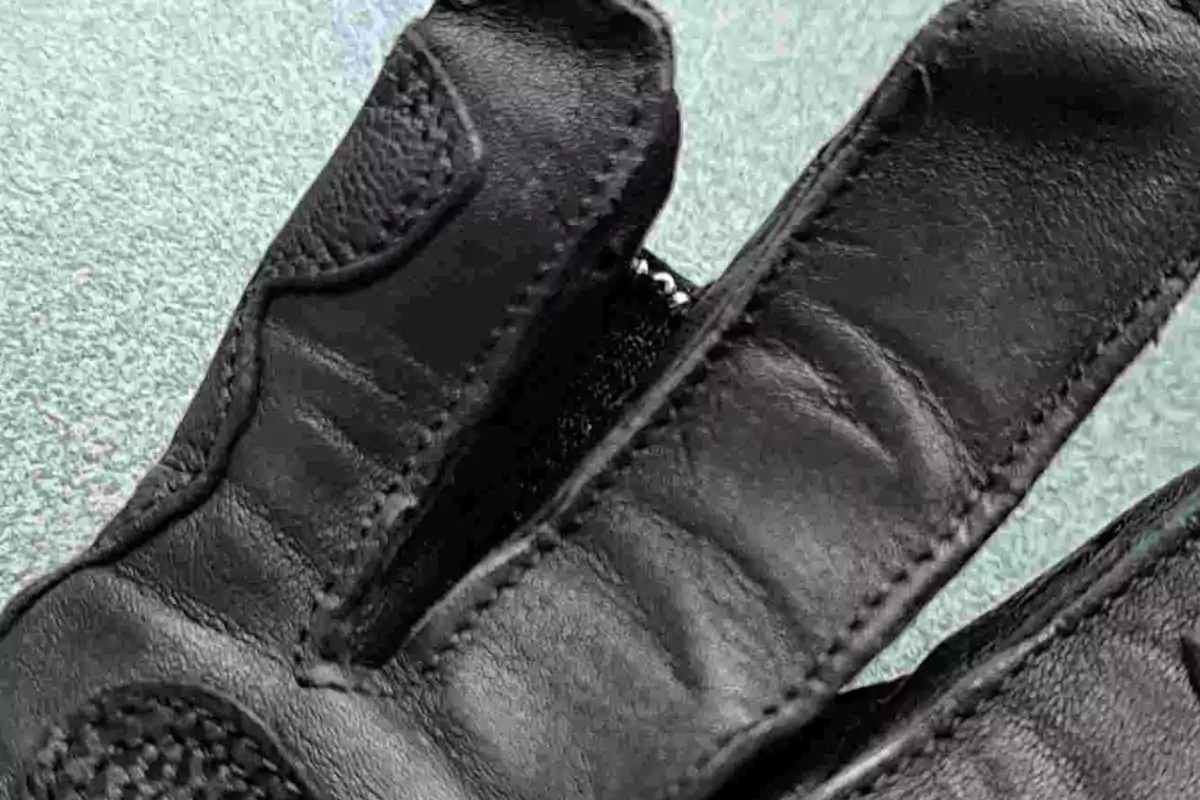
They know this very well in competition, when a simple slide with the handlebar crushing the hand on the asphalt left riders with a bent pinky and no mobility.
Avoid this with strips of tough leather that double its perimeter and, at the same time, keep it attached (with some mobility) to the ring finger. Problem solved.
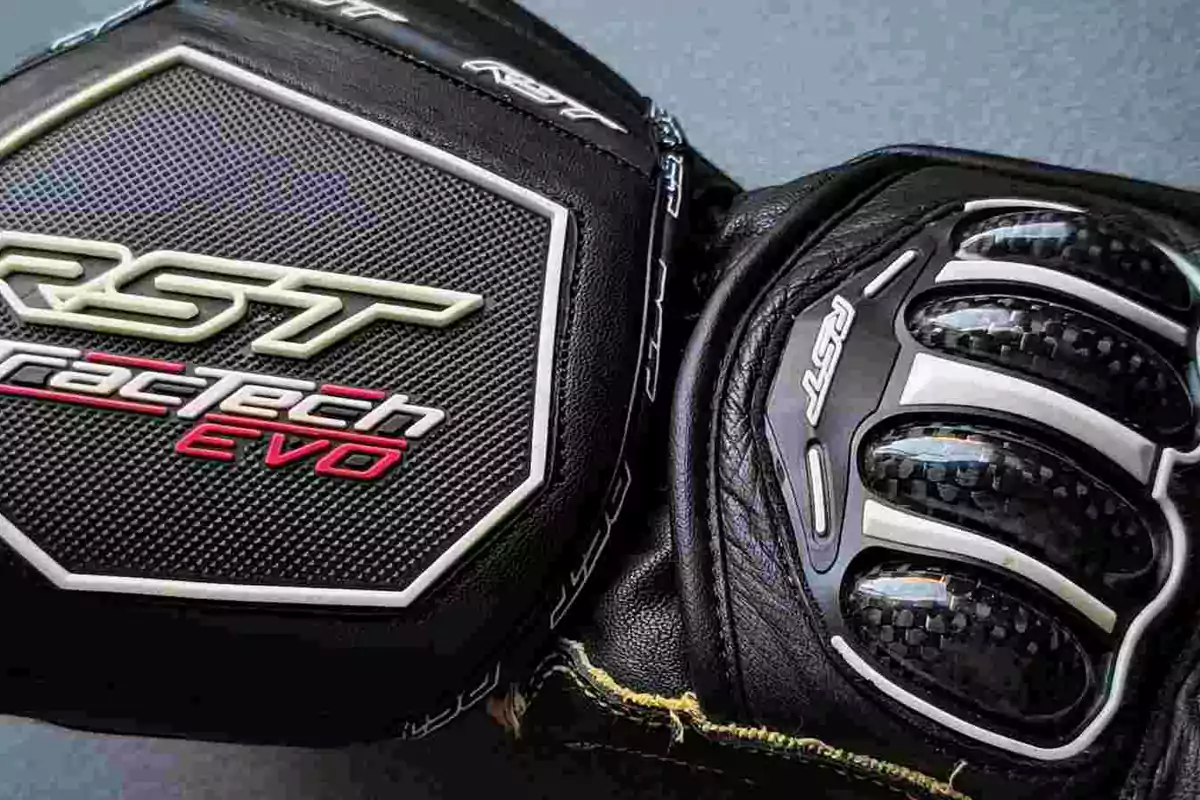
More posts: